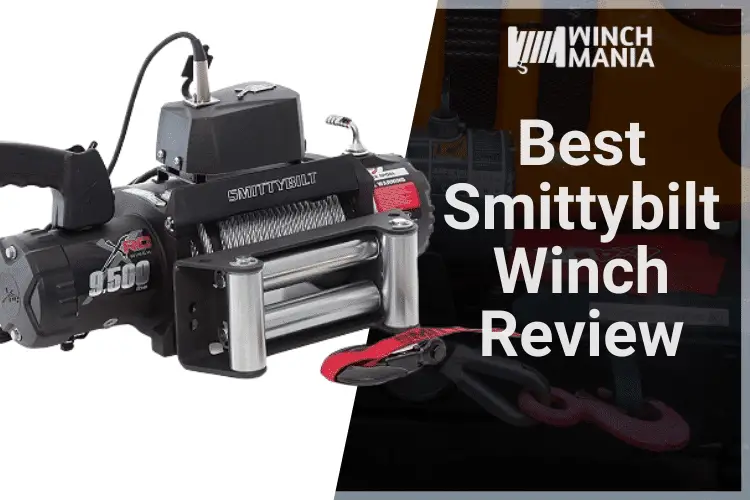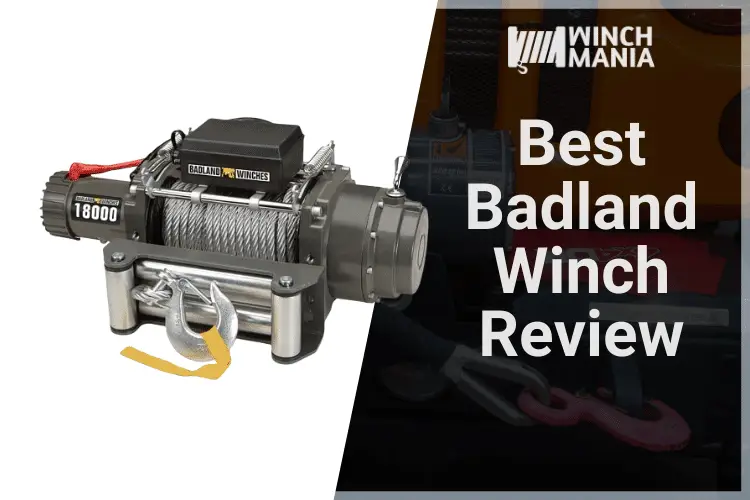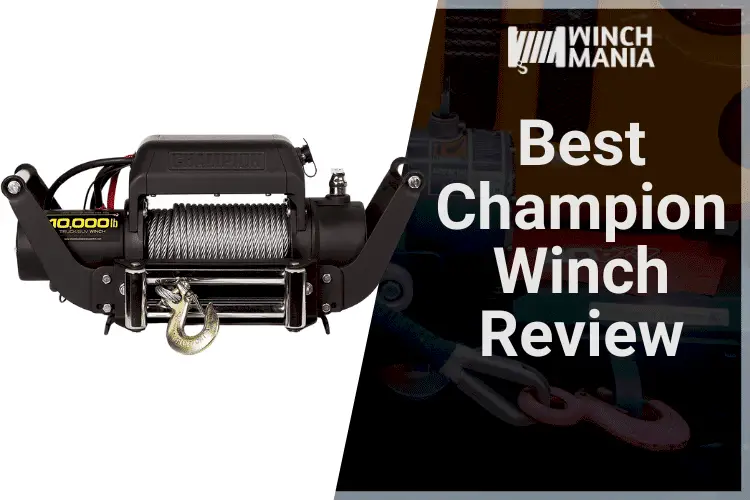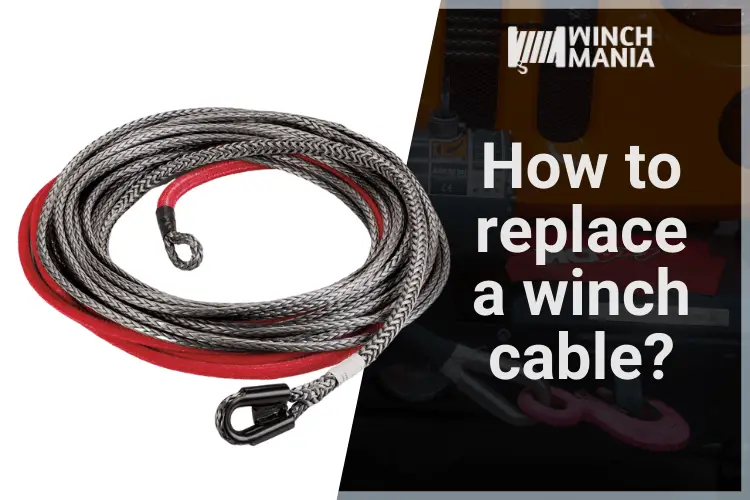What is Winch Fairlead?
A fairlead is a device which is used to guide a line, rope or cable around an object to stop it from lateral movement.
Every dedicated off-road driver knows that a winch is an essential safety feature to have on your vehicle. If you prefer to travel off-road always, having a winch with you means you can recover yourself and maybe others when stuck. Especially if you are a lone wolf who likes to enjoy wild environments, a winch can be a very useful and necessary tool.
Off-roaders find that helping their winch cable during angled pull requires a capable fairlead that can take away lateral strain from the winch. The average winch is normally not able to pull a high amount of weight because the winch cable consumes pulling energy as it scrapes across the winch mounting bracket and vehicle bumper. There is a solution to this problem and it is the installation of a winch fairlead.
Fairleads come with the necessary hardware for easy installation on a wide variety of winches. Installing a winch fairlead helps your winch to work the way it should be. It reduces the lateral strain on your winch when you’re trying to do an angled-pull with the which.
A winch fairlead guides the rope around the winch drum.It essentially does an effective spooling that not only saves you time, but also saves your cable from too much potential damage.
If you are planning to buy a winch, then you can read our dedicated reviews of winches from different top companies such as Warn Industries/ X-bull Auto/ Smittybilt/Westin/ Harbor freight, Powerhouse and Superwinch.
Types Of Winch Fairlead
There are many types of winch fairlead. Two basic fairleads are hawse and roller fairleads. There are a lot of questions about whether you should use a hawse or roller fairlead. Both winches are generally only used with steel cable wires (unless the hawse fairlead is made of aluminum).
Here are the descriptions about them:
Roller fairlead
Roller fairlead saves the cable from getting damaged by sharp borders. They are used with steel cable winches. They use two vertical mounted rollers and two horizontal mounted rollers to guide the steel cable from a different angle.
Almost every steel-cable winch you buy today will come with a steel roller fairlead. We can’t find anyone who actually sells Aluminum fairleads. They probably wouldn’t be great for four-wheeling. Rollers were the standard for winches for many years.
We don’t see a lot of failure of the rollers fairlead. The pins are pretty hard to bend and they don’t spin at high speed.
This is a bit heavier and larger than a typical hawse fairlead generally weighs around 11.5 pounds and sticks out 3.5-4 inches from the fairlead mounting surface.
There are four rollers in a roller fairlead. The first two are vertically mounted and the other two are horizontally mounted. This allows the fairlead to provide the same quality of cable guidance at practically any angle.
A roller fairlead can still be used for synthetic lines. However, if your roller fairlead was previously used for a steel wire cable, you have to clean it first. Steel wire cables can “scar” a roller fairlead. It will produce burrs or sharp edges that can damage a synthetic line.
Hawse fairleads
Hawse Fairlead is used for synthetic rope. It is made from aluminum and features rounded edges around the center opening. They have no moving parts, are simple and normally won’t break under typical use.
Unlike roller fairleads, a hawse fairlead is made of only one part. This significantly lessens the possibility of it breaking apart.
Hawse fairleads have a narrower opening. They are designed for the cable to simply slide over them. A typical aluminum hawse weighs around 2 lbs. Switching to an aluminum fairlead with synthetic winch rope can drop about 40 lbs.
Hawse fairleads are always lighter than a roller fairlead as they are fairly small and have little material. Hawse fairleads stick out less than a steel roller fairlead – usually about 1 inch. Because of this minor difference, hawse fairleads give you a slightly better approach angle.
Which one is better?
Actually, it depends on your personal needs and preferences. Historically, you could get a winch with a steel hawse fairlead cheaper than a winch with a roller fairlead. So, the steel hawse winches were the cheaper winches.
Hawse fairleads have a narrower opening and are designed for the cable to simply slide over them. Roller cables have rollers that turn with the cable as it moves through the fairlead. Hawse fairleads give you a slightly better approach as they tick out a little less from the bumper.
A roller fairlead offers less friction on angled-pulls but might rattle when not in use and has more chances to break if you hit something hard.
To make your winch cable glide a little better, a roller fairlead is a common upgrade if you had a steel hawse fairlead.
Recently synthetic winch rope is becoming the thing to use on your winch because it is lighter, less likely to be dangerous, and some are engineered to be stronger than a steel winch cable. So, aluminum hawse fairleads and synthetic winch rope are proving to be a good, long-lasting combo.
A roller fairlead has a lot of parts (most probably 20-40 individual parts) like rollers, circlips or nuts, pins or bolts and a bent steel frame to hold. An aluminum hawse fairlead is just a lump of machined aluminum.
In conclusion, run an aluminum fairlead with synthetic winch rope if you want a lighter, safer, stronger winch line. Run a steel roller fairlead with steel winch cable if you want a more durable winch line.
Also Read:
Other types of winch fairlead- Steel and Aluminum Fairlead
Here is a fact: that steel is hard and aluminum is soft. You’ll notice that fairleads come in two materials: steel or aluminum. A steel winch cable will chew up a standard aluminum fairlead as steel is harder than aluminum. With steel winch cable you need to use a steel fairlead whereas aluminum fairleads are only used with synthetic winch rope.
Here is another tip for you: if you are using an aluminum fairlead, it is best if you use a type III anodized coating. This is the only aluminum coating that will last “forever”. All other coatings - like galvanized, powder coated and polished finishes - all with eventually fade and wear due to oxidation or rusting.




